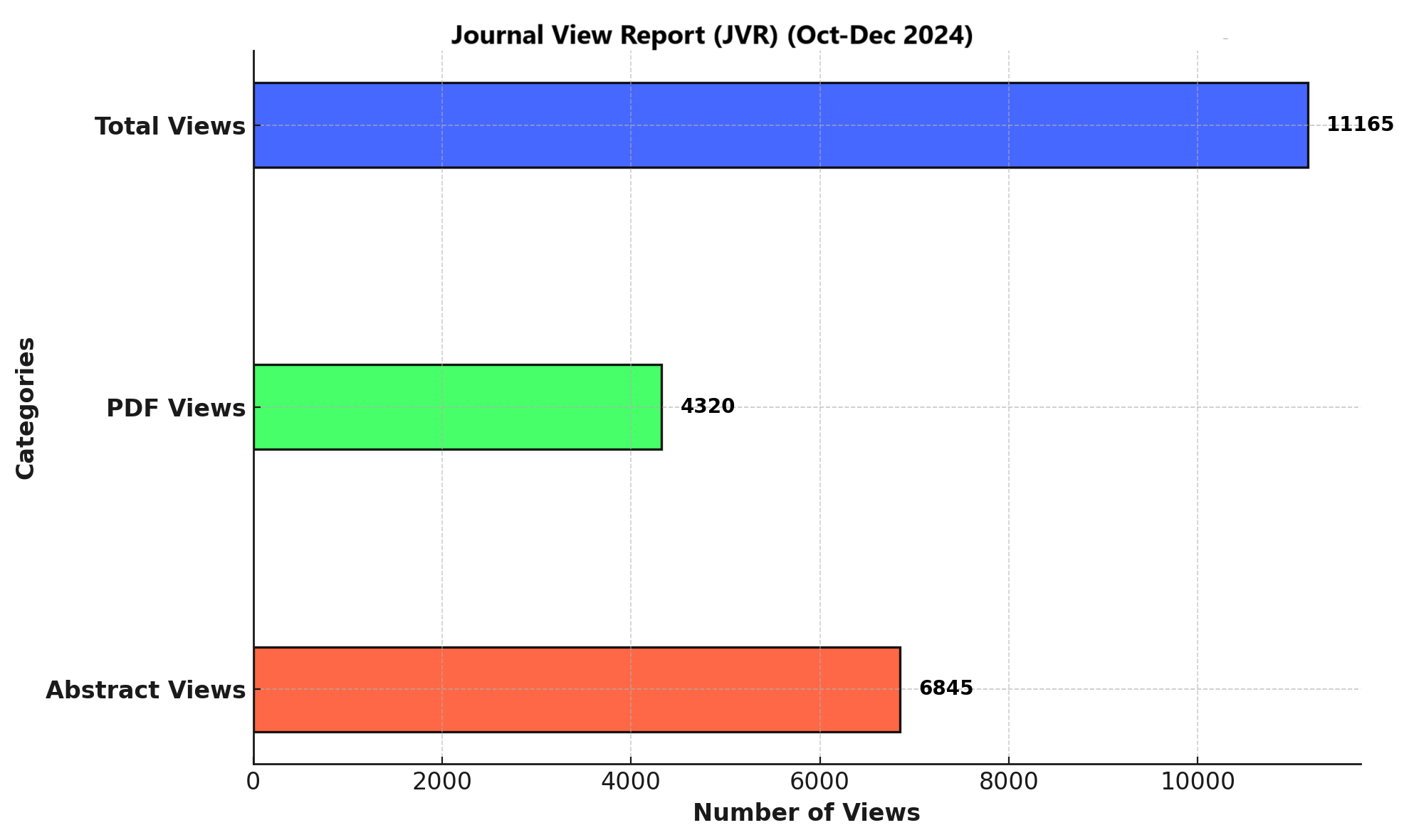KNOWLEDGE AND ADHERENCE TO OSTEOARTHRITIS CLINICAL PRACTICE GUIDELINES AMONG PHYSIOTHERAPISTS IN FAISALABAD
DOI:
https://doi.org/10.71000/ijhr175Keywords:
Clinical governance, Evidence-based practice, Guidelines adherence, Osteoarthritis, Physical therapist, Practice guideline, RehabilitationAbstract
Background: Osteoarthritis (OA) is a prevalent and disabling musculoskeletal condition worldwide, with clinical practice guidelines (CPGs) offering evidence-based recommendations to optimize its management. Despite the availability of guidelines such as those from OARSI, NICE, and EULAR, adherence among healthcare professionals remains inconsistent. This study was conducted to evaluate the knowledge and adherence of physiotherapists in Faisalabad to OA CPGs, aiming to identify gaps in practice and potential areas for improvement to enhance patient outcomes.
Objective: To evaluate the knowledge and adherence of Faisalabad physiotherapists to osteoarthritis clinical practice guidelines.
Methods: A cross-sectional survey was conducted in February 2023 across private and government healthcare settings in Faisalabad. Data were collected through in-person visits to hospitals and clinics, using a questionnaire based on OARSI, NICE, and EULAR guidelines. The questionnaire consisted of 25 statements covering diagnostic measures and therapeutic interventions for knee and hip OA. Demographic data, including gender, qualifications, and years of practice, were also recorded. Ethical approval was obtained, and informed consent was secured from all participants before survey administration. A total of 109 physiotherapists who met the inclusion criteria participated in the study.
Results: Among the 109 participants, 75.2% were female and 24.8% male. Most physiotherapists (70.6%) held a Doctor of Physical Therapy (DPT) qualification, while 26.6% held a master’s degree. Full adherence to CPG11 was observed in 100% of participants, while 53.2% rejected CPG7. Overall, 92% demonstrated knowledge of and adherence to OA CPGs. However, adherence to first-line treatments, such as weight reduction and exercise, was inconsistent, with secondary interventions like manual therapy being more commonly favored.
Conclusion: The study identified a sufficient level of knowledge among physiotherapists regarding OA CPGs, though gaps in adherence were evident, particularly concerning the integration of evidence-based practices into clinical care. Addressing these gaps through targeted education and simplified guidelines may improve OA management and patient outcomes.
Downloads
Published
Issue
Section
License
Copyright (c) 2024 Rubina Zulfqar, Naiha Gull, Rabia Ali, Ayila Mouzam, Sundas Farooq, Aneela Umar (Author)

This work is licensed under a Creative Commons Attribution-NonCommercial-NoDerivatives 4.0 International License.







